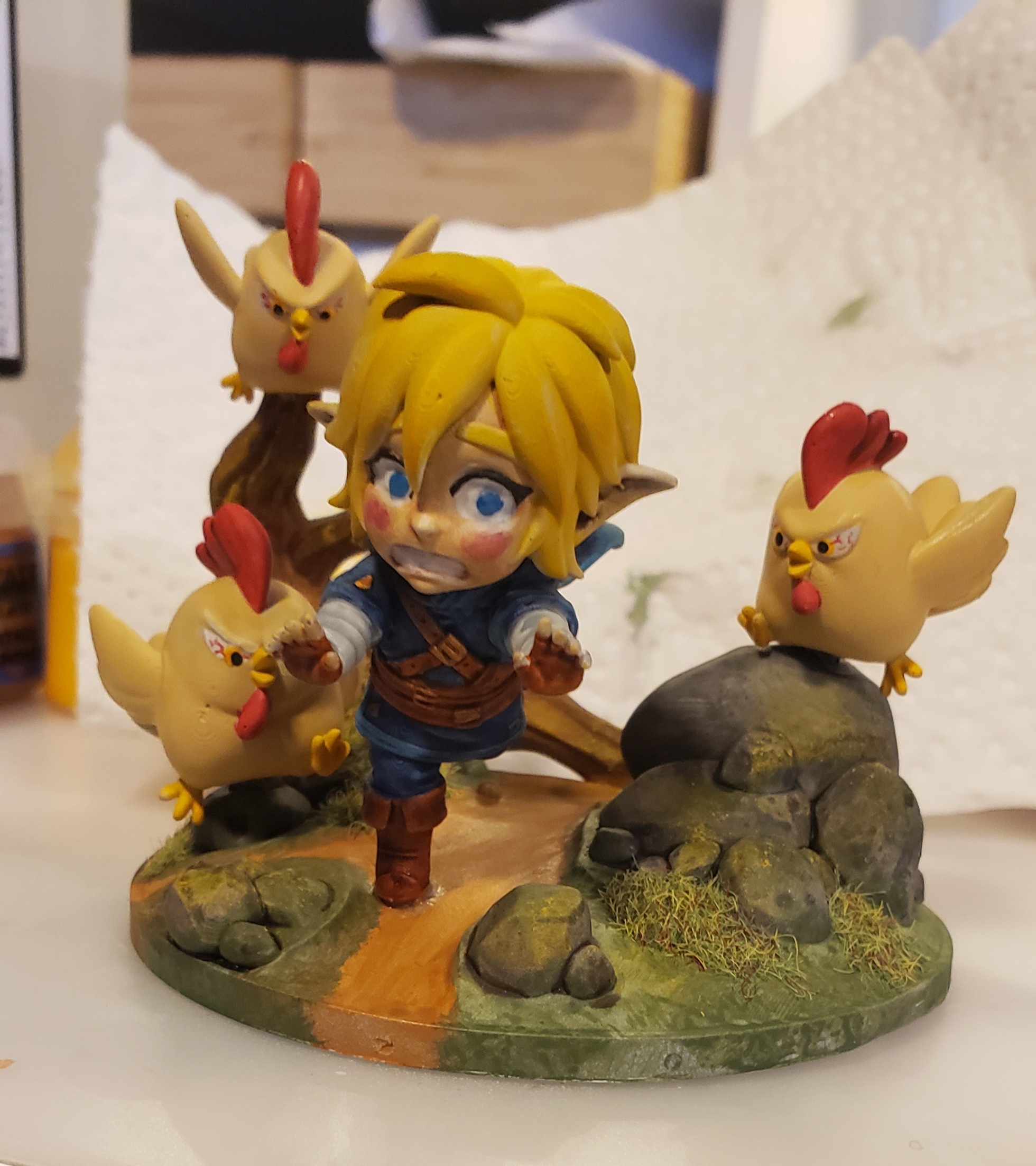I’m fiddling with a card game concept, and a very important part of it is creatures interacting with other specific kinds of creatures. This necessarily means I need to come up with lots of type names that are descriptive but vague enough to shove literally anything in them. Here’s some good examples: “bug” containing ants, shrimps, pillbugs, bees, and literally anything that could be called a creepy crawly; “fish” containing everything from salmon to sharks to eels to octopi; “trees” containing all the stuff you are thinking of as well as those precambrian 6-foot fungi pillars; and “cats” including housecats, big cats, cheetah, and carcals.
And that’s everything I can think of that would be useful. You see my problem? I know there are other casual-usage words for big categories of critters, but my grasp of the Enlgish language is fickle and leaves me whenever it is most inconvenient. If there is a list I could work from, that would be very helpful. Otherwise, volunteer as many words as you think would be useful.
Burrowers
Hive-dwellers
Canopy swingers
Rodents? (Rats, mice, capybara, squirrels)
Reptiles
Canines
Arthropods
God damn it how did I forgot rodents exist‽ I have three rodent pets in my living room right now and I talk about rodents all the time!
Ask an LLM about animal classes.
It’s the taxonomic rank you’d be interested in.Also depends at what detail you wanna go.
Things like rodents are at the order level under mammals.
Arachnid aren’t insects, they’re their own thing, etc.Non-exhaustive, non-reviewed, GPT-generated list of classes:
-
Mammals (Class Mammalia): Warm-blooded animals with hair or fur; most give live birth and produce milk for their young.
-
Birds (Class Aves): Warm-blooded vertebrates with feathers, beaks, and typically the ability to fly.
-
Reptiles (Class Reptilia): Cold-blooded vertebrates with scales, including snakes, lizards, turtles, and crocodiles.
-
Amphibians (Class Amphibia): Cold-blooded vertebrates that typically begin life in water and undergo metamorphosis, including frogs, toads, and salamanders.
-
Fish (Class Pisces): Cold-blooded aquatic vertebrates with gills, fins, and scales, including bony fish (Osteichthyes) and cartilaginous fish (Chondrichthyes).
-
Arachnids (Class Arachnida): Invertebrates characterized by having eight legs and two main body segments, including spiders, scorpions, ticks, and mites.
-
Insects (Class Insecta): The largest class of animals, characterized by having three main body segments, six legs, and typically one or two pairs of wings.
-
Crustaceans (Class Crustacea): A diverse group of aquatic invertebrates with exoskeletons, including crabs, lobsters, shrimp, and barnacles.
-
Invertebrates: While not a formal class, this group includes various animals without a backbone, such as:
- Arthropods: Includes insects (Class Insecta), arachnids (Class Arachnida), and crustaceans (Class Crustacea).
- Mollusks (Class Mollusca): Snails, clams, octopuses.
- Annelids (Class Annelida): Segmented worms.
- Cnidarians (Class Cnidaria): Jellyfish, corals, sea anemones.
- Echinoderms (Class Echinodermata): Starfish, sea urchins.
For mammal, if you wanna dig deeper into the orders… again, non-exhaustive, non-reviewed GPT stuff:
Here’s a list of some of the major orders within the class Mammalia (mammals):
-
Monotremata: Egg-laying mammals, such as the platypus and echidnas.
-
Marsupialia: Marsupials, which give birth to underdeveloped young that typically continue to develop in a pouch, including kangaroos, koalas, and opossums.
-
Eulipotyphla: Insectivores, including shrews, moles, and hedgehogs.
-
Chiroptera: Bats, the only mammals capable of sustained flight.
-
Primates: Includes lemurs, monkeys, apes, and humans.
-
Rodentia: Rodents, characterized by continuously growing incisors, including mice, rats, squirrels, and beavers.
-
Lagomorpha: Rabbits, hares, and pikas.
-
Carnivora: Carnivorous mammals, including dogs, cats, bears, and seals.
-
Perissodactyla: Odd-toed ungulates, such as horses, zebras, and rhinoceroses.
-
Artiodactyla: Even-toed ungulates, including pigs, deer, giraffes, and cattle.
-
Cetacea: Whales, dolphins, and porpoises.
-
Sirenia: Manatees and dugongs, also known as sea cows.
-
Proboscidea: Elephants, characterized by their long trunks.
-
Hyracoidea: Hyraxes, small, herbivorous mammals that resemble rodents.
-
Scandentia: Tree shrews, small mammals that are somewhat similar to squirrels.
-
Dermoptera: Colugos or flying lemurs, gliding mammals found in Southeast Asia.
-
Xenarthra: Includes anteaters, sloths, and armadillos, primarily found in the Americas.
-
-




